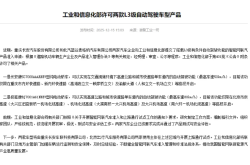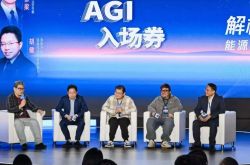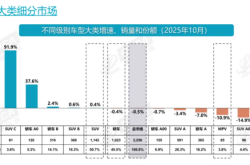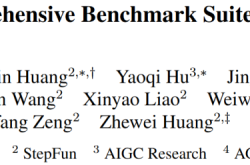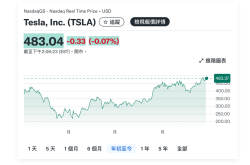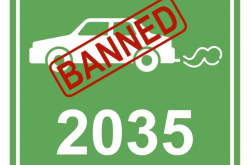Torn BBA Strives for Self-rescue
![]() 10/23 2025
10/23 2025
![]() 431
431
The Chinese market serves as a testing ground for Mercedes-Benz, BMW, and Audi's self-rescue efforts.
Several years ago, a senior executive from a domestic automaker made a bold claim.
"We will completely eliminate the market space for Mercedes-Benz, BMW, and Audi vehicles priced between 300,000 and 500,000 yuan." At the time, domestic automakers dismissed it as empty talk, and so did Mercedes-Benz, BMW, and Audi.
At that time, the German oligarchs sounded a resounding clarion call, "Germany still has a 50% chance of leading the global automotive industry in the next decade."
However, this determined declaration did not instill fear in the world. The traditional automotive landscape was being reshaped by electrification. Some expected the German oligarchs to make a graceful pivot, while others awaited their replacement.
"We are still the world's best automobile producers," and "No one in Germany truly understands batteries, and we lack a value chain," these two contrasting voices intertwined, tearing apart the stoic expressions on the Germans' faces.
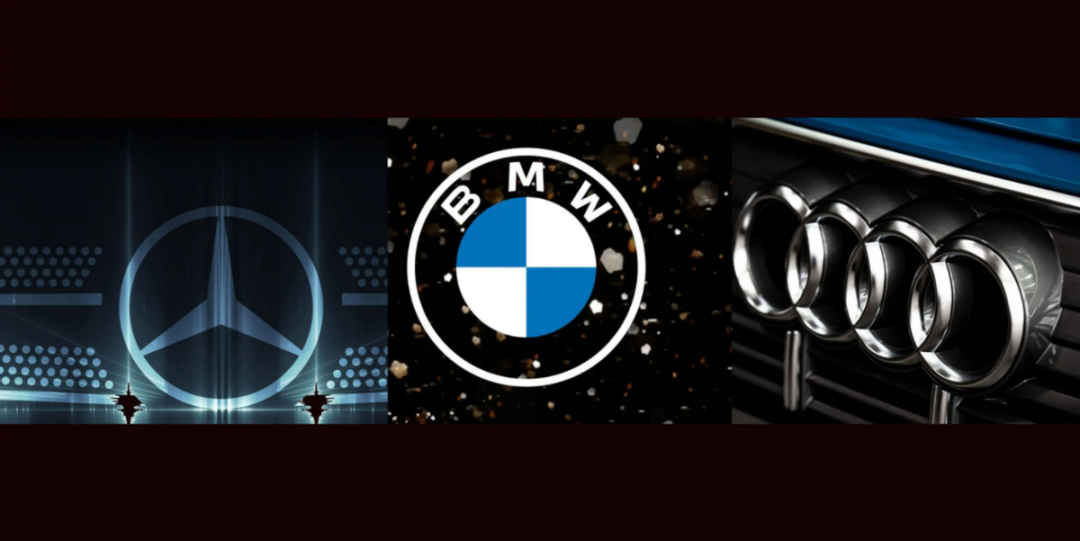
Several years later, the industry has discovered that the once-bold claim is becoming a reality. Just like trains that don't always run on time, a significant gap has appeared in the German automotive industry's technological moat built over a century.
Mercedes-Benz, BMW, and Audi, the ambitious players who once aspired to be the "new rule-makers" in electrification, have failed to present electrification strategies and products that match the pace of the times amid years of hesitation. Consequently, it has become a natural consequence that their high-end market shares are being eroded.
Are they willing to accept this?
Of course not.
Has the duck that was almost in their mouth flown away?
There are at least two reasons for their unwillingness.
How could they willingly surrender the automotive initiative they have held for over a century to Chinese brands? Moreover, when it comes to leading the era, Mercedes-Benz, BMW, and Audi were all "early birds." However, they failed to seize the opportunities during the era's transition.
How could they be willing to accept this?
Audi's foray into new energy is not considered late. In 2009, it launched the high-performance sports car R8 e-tron model, introducing the technological term e-tron to the public eye. In 2015, it brought the all-new Audi A3 Sportback e-tron to China, but due to its high price, it became a "flash in the pan."
Subsequently, concerns about excessive investment leading to reduced profits and about losing their foothold in the fuel vehicle market, coupled with an inability to let go of past achievements and the sudden onslaught of a turbulent tide, forced Audi to confront a "chaotic" situation.
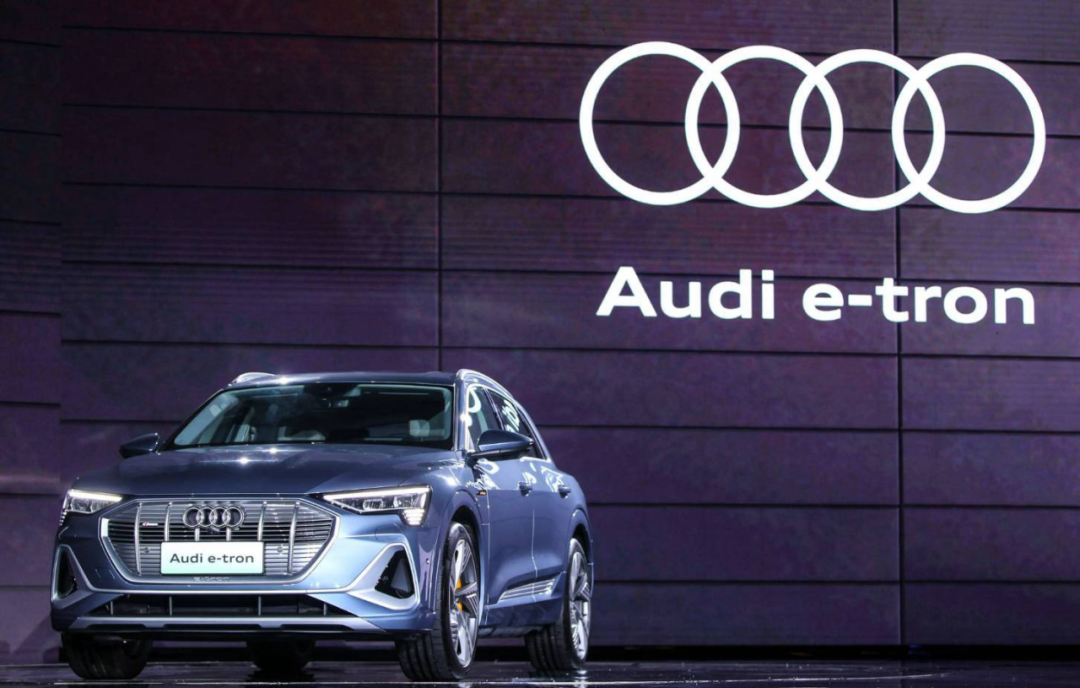
The typical "early bird" saw the duck that was almost in its mouth fly away due to insufficient determination. The same goes for BMW.
BMW embarked on its new energy journey in 2013, also at an early stage. When the i3 and i8 were launched, the new forces were still engaged in internet battles.
Unable to predict which would be more popular in a decade—fuel vehicles or electric vehicles—BMW slowed down its exploration to ensure profitability, becoming conservative and failing to continue expanding its advantage. Later, the BMW i3 model suffered from poor sales due to its "oil-to-electric" conversion design and significant gaps in range and intelligence compared to new automotive forces.
On November 8, 2019, the beginning of winter, Mercedes-Benz launched its all-new EQC all-electric SUV, marking it as the first domestically produced luxury all-electric vehicle in the Chinese market. Undoubtedly, the EQC not only fired the first shot in Mercedes-Benz's electrification but also served as the "bearer" of Mercedes-Benz's hope to redefine luxury standards in a new realm.
At that time, the industry eagerly awaited whether the "inventor of the automobile" could successfully intervene in the vast uncertainties of the next decade with a strong stance. These questions were all waiting for Mercedes-Benz's answers.
The well-worn story found its answer not long after.
The Mercedes-Benz trishield emblem quietly exited the stage, with "Harmony Intelligent Mobility" prominently displayed in the morning light, a scene that played out in multiple cities. Audi, on an advertising billboard outside an auto show, wrote in frustration, "We are not generic electric vehicles," which also said it all.
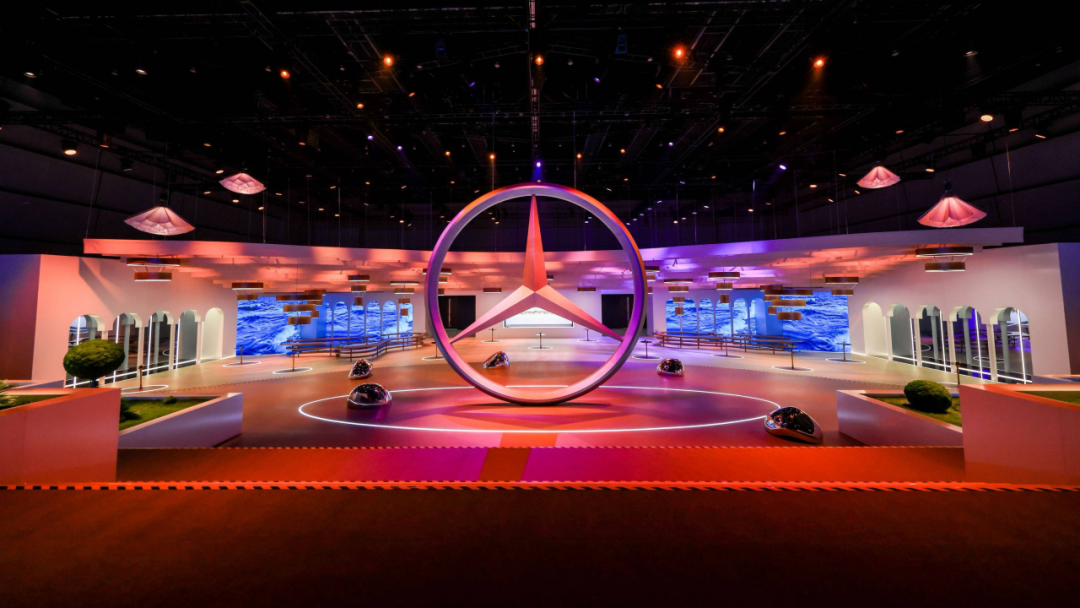
Ultimately, hesitation and missed opportunities led to the tearing apart of the technological moat built over a century in terms of "handling, chassis, and engine." "Why should I buy an Audi electric vehicle?" The same confusion also surrounds Mercedes-Benz and BMW.
It's quite harsh.
The first-half financial reports show that the sales of the three brands in the Chinese market declined by 14.5%, 19.5%, and 15% respectively, with net profit drops exceeding 30%. This series of data indicates that the Chinese luxury car market is no longer dominated by "German brands."
Watching the last traces of glory from the fuel vehicle era merge into the rough times, Mercedes-Benz, BMW, and Audi truly asked themselves from the heart: On the left is the loss of glory from the luxury fuel vehicle era, and on the right is the pressure of electrification transformation. How should they choose?
Transformation is not just a slogan; it involves huge investments, choices of technological paths, and the reshaping of supply chains. Every step is depleting their old capital. The pressure far exceeds any challenge in the fuel vehicle era.
However, they have no more time for hesitation.
The Chinese Market Becomes a Testing Ground
Having missed the early opportunities, they began to look back at the starting point of the story. However, the situation they need to change has become unfavorable.
In this industrial chain reshaped by electrification and intelligence, Mercedes-Benz, BMW, and Audi have become followers, which is intolerable yet inevitable.
Data shows that the retail market share of German brands in the Chinese market fell from 18.4% in January this year to 14.3% in September, indicating that the scenario of "completely eliminating the market space for Mercedes-Benz, BMW, and Audi vehicles priced between 300,000 and 500,000 yuan" is unfolding.
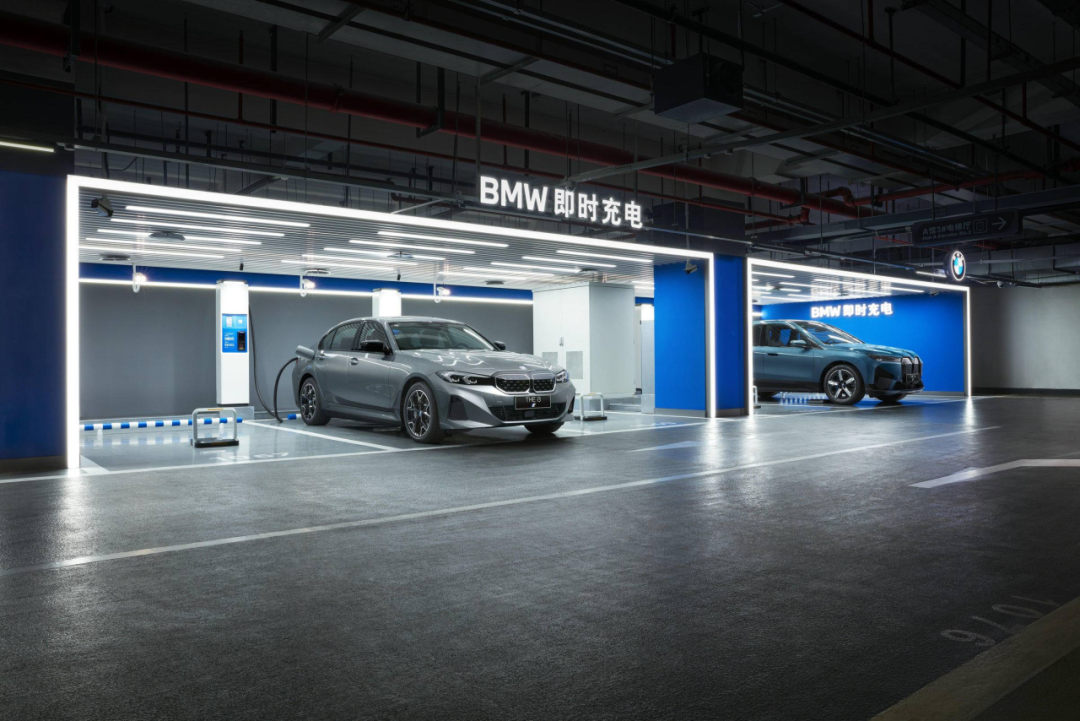
The oligarchs claim, "Currently, no one dares to say they can establish a moat," yet they are unwilling to accept their fate. However, they cannot waver like before, nor can they charge ahead blindly like the new automotive forces without baggage.
What should they do?
They are adjusting their course while testing the waters.
Currently, Mercedes-Benz, BMW, and Audi have all explicitly slowed down the pace of electrification, opting for a transitional approach of combining "fuel + electric" models. In other words, they are "continuing to sell fuel vehicles for profit while launching electric vehicles to test the waters."
The Chinese market is clearly this testing ground. "Creating in China and serving the global market. This is happening now."
"A very important cornerstone of the new energy strategy," is Mercedes-Benz's commitment to the Chinese market.
2025 marks the 20th anniversary of Mercedes-Benz's entry into the Chinese market. Ola Källenius, Chairman of the Board of Management of Mercedes-Benz Group AG, summarized the importance of the Chinese market to Mercedes-Benz in eight words.
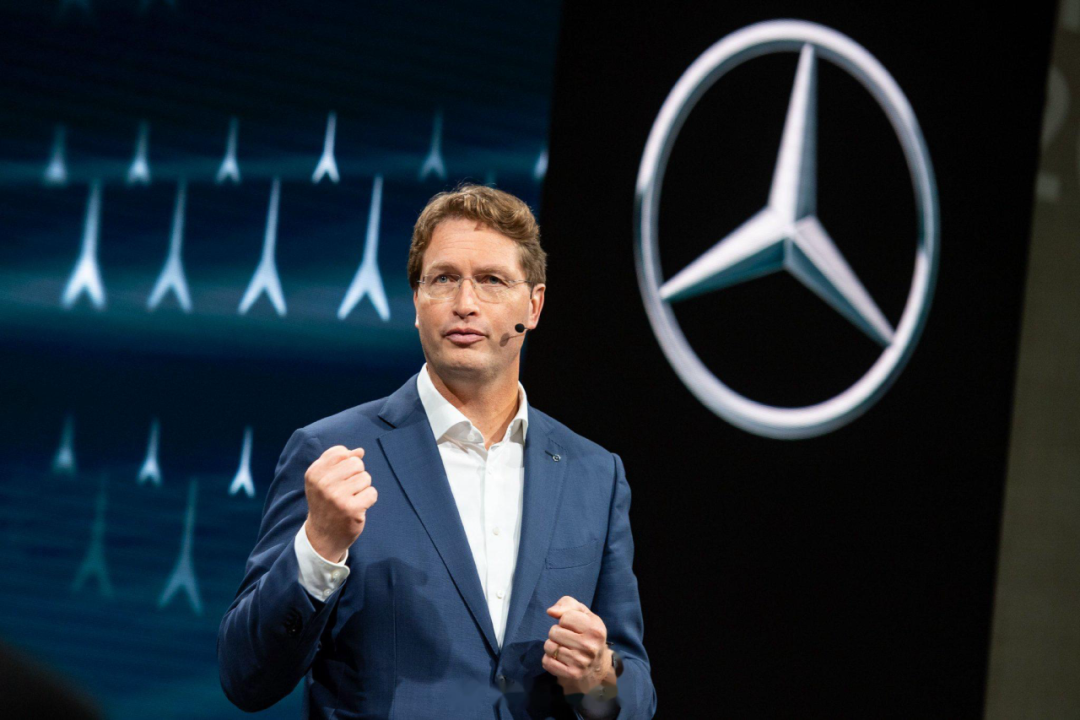
"Although not our homeland, it feels like home."
In his view, China has always been Mercedes-Benz's most important market and innovation hub globally over the past 20 years. They have formulated a strategy of "innovating in China and feeding back to the global market." Källenius used the operation of a "football team" to metaphorically describe this process.
Meanwhile, Mercedes-Benz will make good use of "China's advantages," integrating the supply chain cost advantages and innovative talent reserves formed in China into the global system to significantly enhance operational efficiency. Källenius also promised that Mercedes-Benz products, regardless of their powertrain, will achieve intelligent upgrades simultaneously, meeting the standard of "being intelligent regardless of fuel or electric."
Källenius has never shied away from discussing pressures and dilemmas. In his concept, "Only by experiencing lows can one withstand heights." Mercedes-Benz has gone through this for over 130 years, and this time is no exception.
BMW shares the same attitude.
"China is a leading market for BMW, second only to our German headquarters in Munich in terms of layout." Zipse, the helmsman of BMW who has frequently visited China this year, even made three visits to China within thirty days, constantly discussing various technological changes.
"China is the country I have visited the most this year, which is enough to show its importance in BMW's global strategy." Recently, on his fourth visit to China, he emphasized again, "China is the final arena for the industry's technological competition."
Any automaker that wants to succeed needs strong R&D capabilities in China, such as BMW. "We not only have the largest production scale outside Germany in China but also have established the largest R&D team outside Germany, with over 3,000 R&D personnel."
Zipse said that BMW has always been fulfilling its commitment of "home in China." Meanwhile, BMW has laid out multiple technological routes and restarted the extended-range technology route.
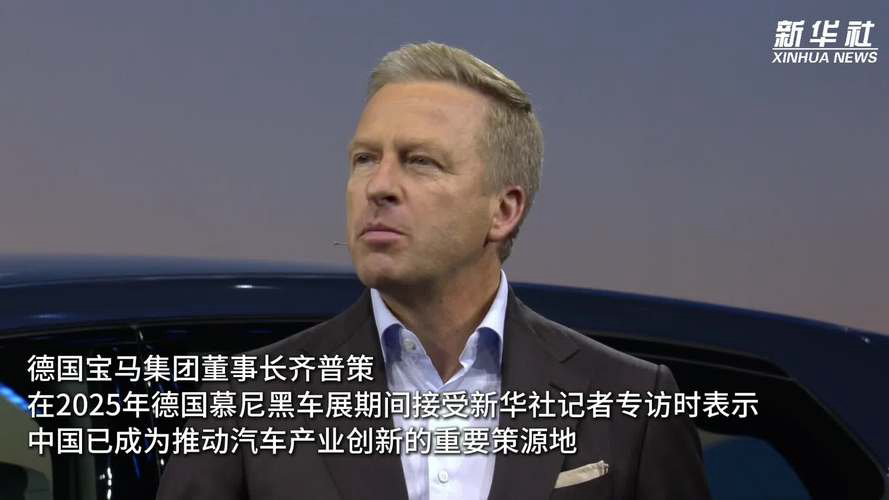
"If you collaborate with Chinese engineers, they will never say no. In fact, they often do better." Zipse believes that tremendous development potential can be unleashed here, as these engineers will keep trying, which is also a competitive advantage of China.
Compared to Mercedes-Benz and BMW, Audi's adjustment is relatively radical, and it has begun to explore the balance between transformation and strategy. Slightly different from Mercedes-Benz and BMW, Audi has chosen to "start from scratch."
Not only has it overturned the decision made by its former CEO to "achieve full electrification by 2033" and no longer set a deadline for phasing out fuel vehicles, but it is also racing against time to transform Audi. It can be summarized in eight words: "Huawei on the left, AUDI on the right."
In May 2024, Audi announced the revival of its early letter logo "AUDI" under the SAIC Audi brand and collaborated with Huawei to create the first new energy brand exclusively for the Chinese market among luxury brands.
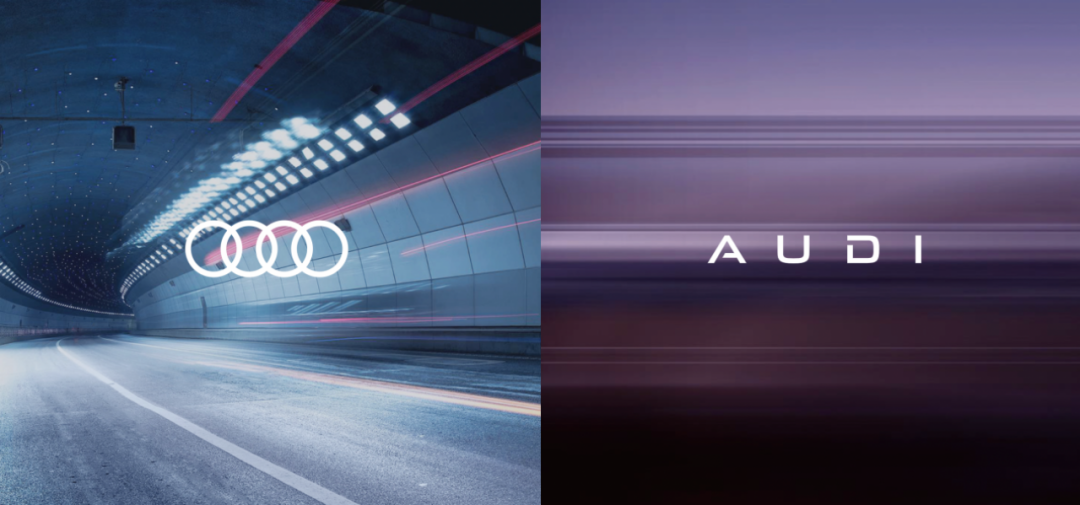
This move is consistent with Audi's usual style, yet it is also a bold gamble. The industry believes that "the dual-brand operation of Audi and AUDI not only maintains the classic but also leaves room for innovation."
Of course, there are also some differing voices in the market regarding the not-so-thorough transformations of Mercedes-Benz, BMW, and Audi. Some call it "walking on two legs with fuel vehicles and electrification," while others call it "fence-sitting," wanting to have it all.
Behind all of this lies a three-layered balance of finance, technology, and market. The giants want a future but will never give up profits. After taking the first step, the road to transformation is not easy. They still need to verify the correctness of this route.
Only if it is correct can there be a future.
The Answer Is Harder Than Ever
The product is what tests the route.
From the current perspective, Audi's transformation path has undergone preliminary verification. Models such as the FAW-Audi A5L, Q6L e-tron, and SAIC Audi A5 Sportback have all incorporated Huawei's intelligent driving technology. Meanwhile, the all-new Audi E5 Sportback starts at 235,900 yuan, moving away from the traditional luxury car "comfort zone" of over 300,000 yuan.
However, 300,000 yuan is no longer the comfort zone for luxury brands either. Last year, several new automotive forces decided to target the 300,000-yuan market, invading it with multiple new energy models equipped with electric and intelligent technologies, from sedans to SUVs and then to MPVs, like dumping dumplings into boiling water.
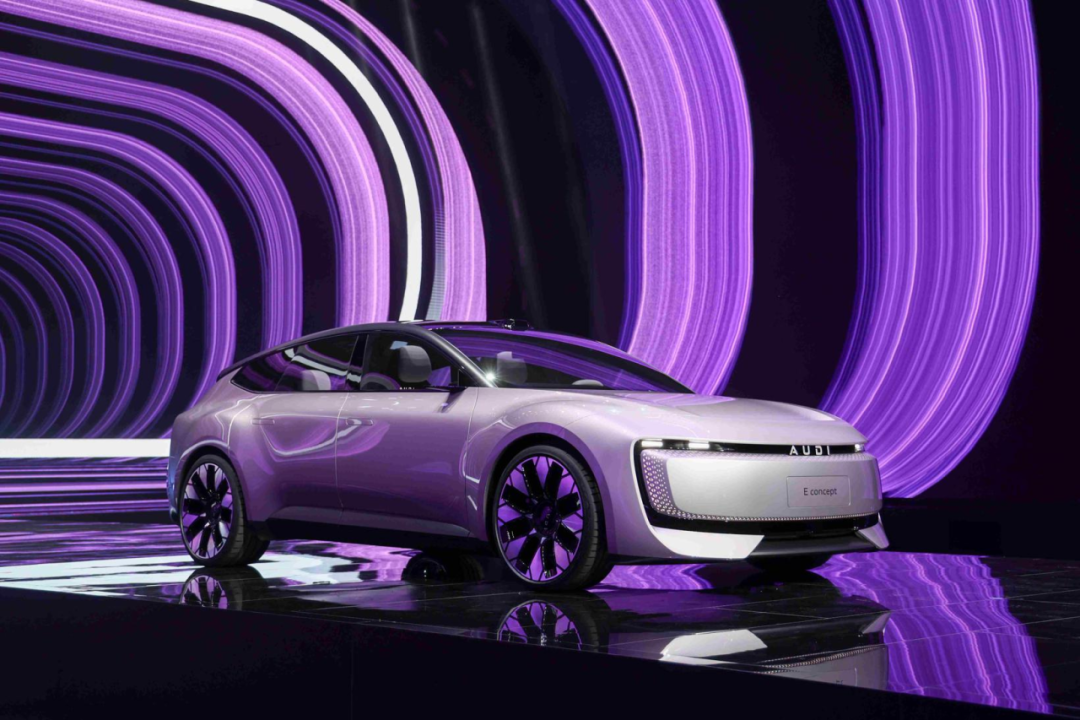
This forced the established luxury brands to find ways to reclaim their high ground. Reluctantly, Audi set a goal of "only success, no failure."
Under the new cooperation model, the German team is responsible for design and chassis development, while the Chinese side focuses on outputting intelligent technologies, three-electric systems, and is responsible for product production and sales. "The Chinese market is redefining the new energy luxury standards, and Audi must be a participant and leader."
A disruptive pricing strategy has broken through the traditional luxury electric vehicle price system. The Audi E5 Sportback, questioned for its "impure taste," adopted a brand-new platform developed for China, along with localized design and functional configurations, and is equipped with CATL batteries, setting a template for the transformation of traditional luxury brands.
After receiving over 10,000 orders within half an hour of its launch, AUDI can finally say with certainty, "We also believe in 'only success, no failure.'"
The industry says that the success of the Audi E5 Sportback heralds the entry of luxury brands' electrification into the Chinese rhythm, marking the beginning of a counterattack.
Unlike Mercedes-Benz's "luxury narrative" and BMW's "product breakthrough," Audi has fully empowered the Chinese market, using "dual intelligence in fuel and electric vehicles" to gain space for transformation. Therefore, this counterattack is only the tip of the iceberg for Mercedes-Benz and BMW, which have not yet been tested by the market.
Källenius believes that the competition in the Chinese market is likely to be the most intense globally. He remains optimistic, believing that competition provides Mercedes-Benz with a good opportunity to "re-examine itself and improve its internal capabilities." "In fact, this kind of competition is good for customers, as it will bring more innovation."
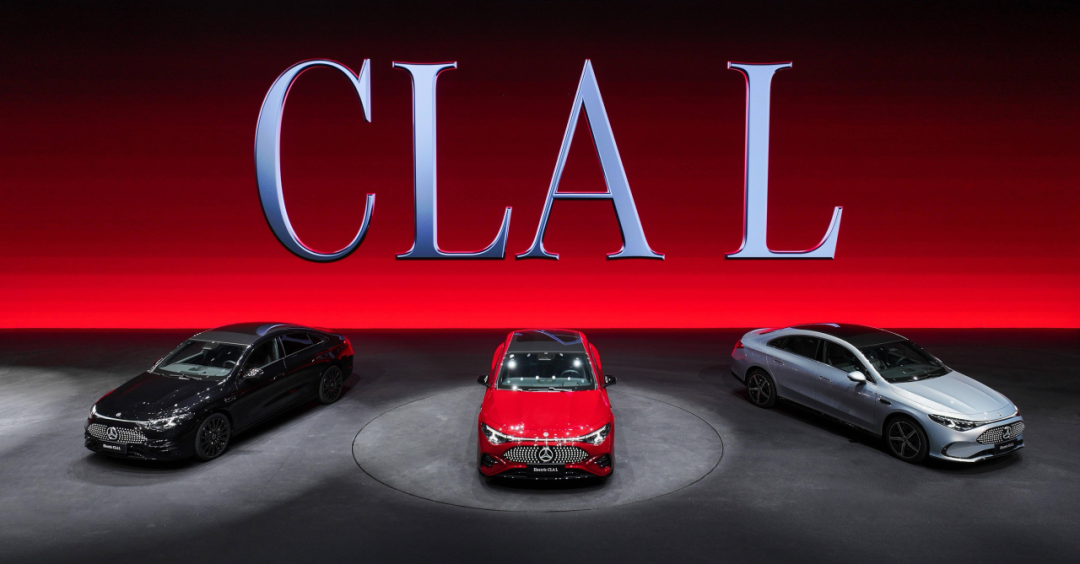
As a strategic product, the all-electric long-wheelbase CLA showcases Mercedes-Benz's reinterpretation of luxury electric vehicles. The CLA is the first model built on the MMA platform, debuting with the MB.OS operating system and MBUX virtual assistant, and is set to launch in the fourth quarter.
At that time, Mercedes-Benz's claim of being 'a company that would rather say it can achieve 90 points or even 80 points when it is capable of 100 points' will be put to the test with the all-electric CLA model. The success or failure of Mercedes-Benz's transformation hinges on this.
Mercedes-Benz is confident and emphasizes that it fully understands the all-scenario intelligent assisted driving functions equipped in the new all-electric long-wheelbase CLA. These functions will be gradually made available under the premise of ensuring sufficient on-site testing, ensuring that customers will never be treated as 'guinea pigs.' As for pricing, Audi has already provided a referenceable answer.
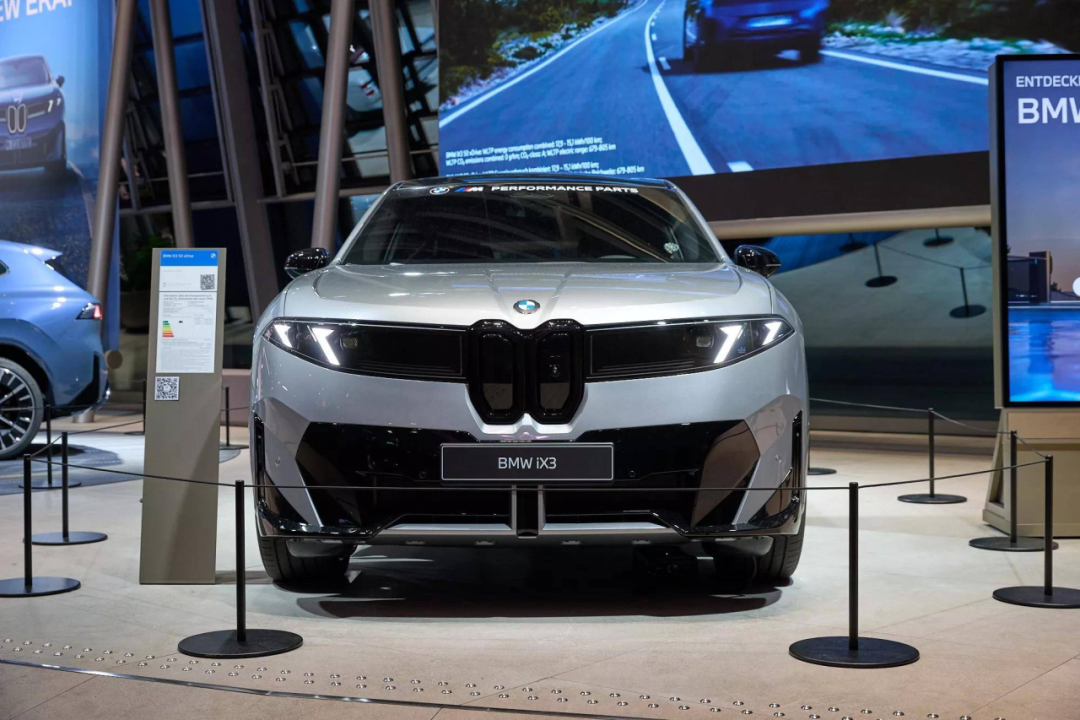
While Audi is currently being tested by the market and Mercedes-Benz is about to be tested, BMW's weapon will not appear in the Chinese market until 2026. In September, the new-generation iX3 made its debut in Munich. Zipse stated that the China-exclusive long-wheelbase version of the model will go into production in 2026.
Zipse claimed that this is BMW's most 'localized' model to date, 'not only responding to the needs of Chinese consumers but also sending a firm signal of BMW's long-term commitment to the Chinese market.'
This statement is not empty rhetoric, as the 'New Class' models cannot be completed without the support of Chinese suppliers. In BMW's global strategy, China has transformed from a mere 'sales market' to an 'important pillar for research, development, and innovation.'
From Munich to China, spanning 7,980 kilometers, lies a strategic innovation path from retrofitting internal combustion engine vehicles to electric platforms, connecting BMW's future.
Mercedes-Benz, BMW, and Audi in 2025 are like examinees diligently writing their answers in an examination hall. Their answers vary, but this high-stakes gamble of 'trading time for space' presents a more challenging question than any before.
Note: The image is sourced from the internet. If there is any infringement, please contact us for removal.
-END-


